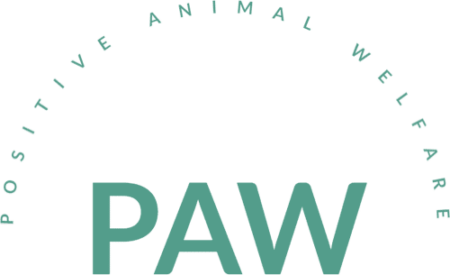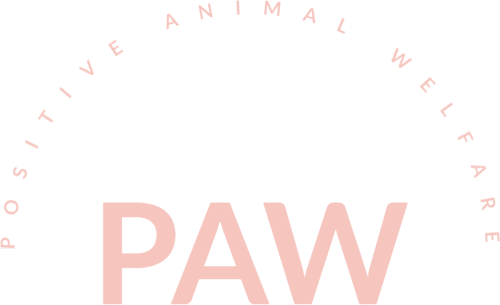Behaviour
An important idea in PAW is that positive emotions arise by animals being able to express rewarding behaviours.
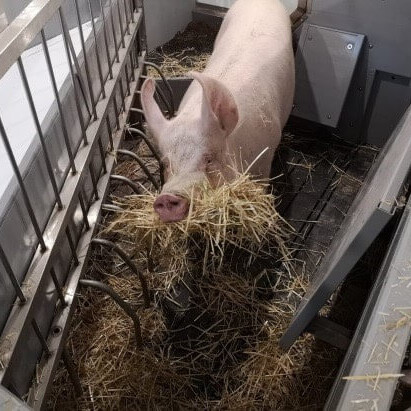
In animals, motivations are seen as temporary brain states stimulated by combinations of internal and external factors. Motivations then cause appropriate behavioural responses. For example, in the case of play behaviour an internal factor could be lack of other competing motivations such as hunger or cold, and an external factor the presence of a suitable play partner. The combination of these internal and external factors then motivates play behaviour.
When discussing the relationship between behaviour and positive emotions, David Mellor (20141) uses the term Positive Affective Engagement (PAE) which he writes is:
' . . . the experience animals may have when they actively respond to motivations to engage in rewarding behaviours…'
Mellor is suggesting that motivations to behave are closely associated with appropriate emotions; hence the motivation to play will be experienced as a positive emotion such as joy.
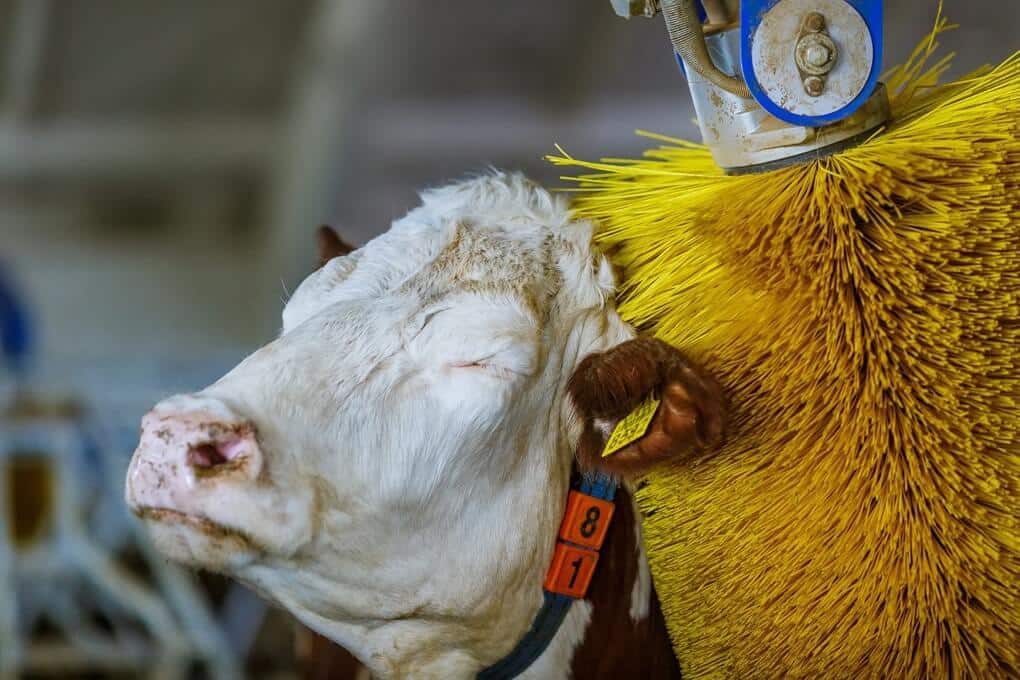
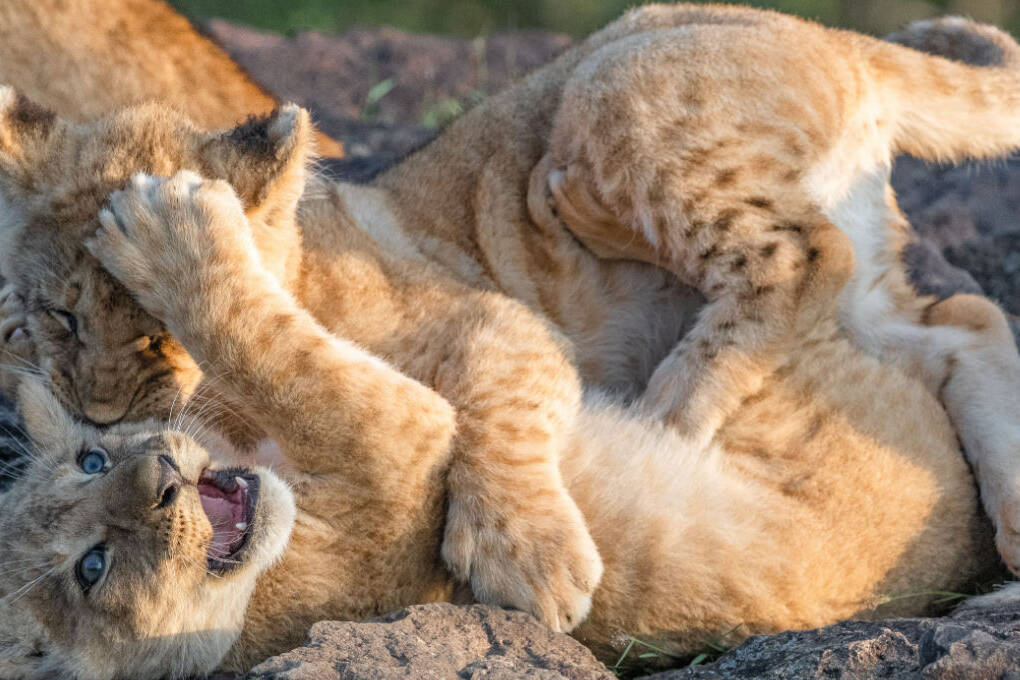
David Fraser and Ian Duncan (19982) suggest a similar idea combining motivations and emotions as Motivational Affective States (MAS). They propose that MAS can be split into needs when animals are faced with survival priorities, and opportunities when needs are met and where animals can engage in a wider range of learning and developmental experiences.
Fraser and Duncan also place emphasis on the natural history of MAS and the evolutionary advantages of needs in ensuring survival and opportunities providing less measurable advantages to the animal through behaviours such as exploration and play.
Obvious as it may seem that motivations should be accompanied by emotions there is much scientific debate over this in animals. For example, there are different views on whether emotions are central to motivations or simply non-functional by-products.
In summary, there are different scientific ideas on the relationship between animal behaviour and PAW but they all acknowledge the importance of animals being able to express their motivations.
References:
1. Mellor, D. (2014). Enhancing animal welfare by creating opportunities for positive affective engagement. New Zealand Veterinary Journal, 63(1), 3–8. https://doi.org/10.1080/00480169.2014.926799
2. Fraser, D., & Duncan, I. (1998). “Pleasures”, “Pains” and Animal Welfare: Toward a Natural History of Affect. Animal Welfare, 7, 383–396. https://doi.org/10.1017/S0962728600020935
